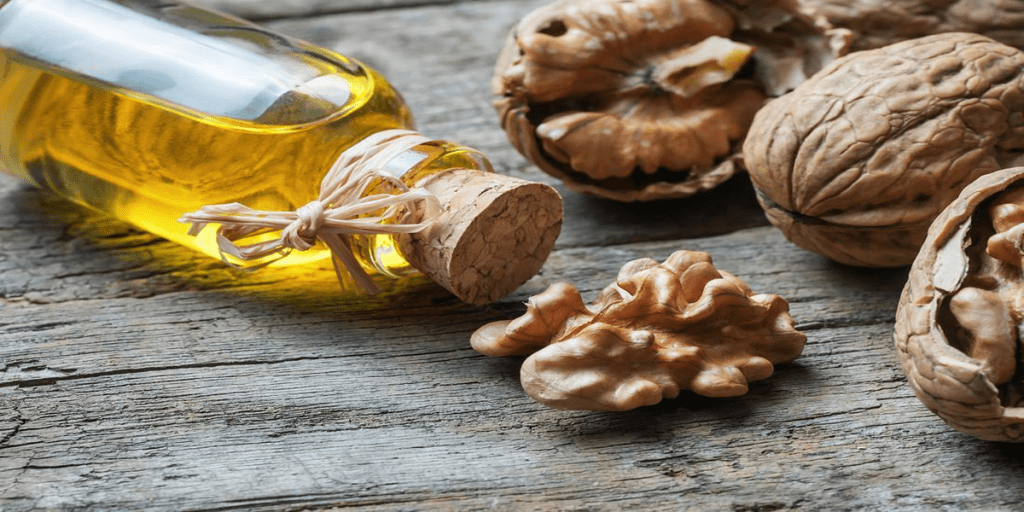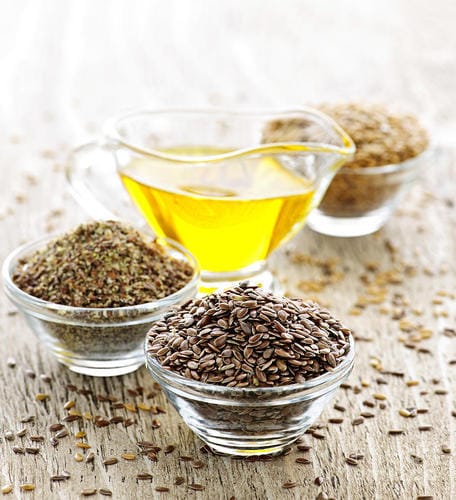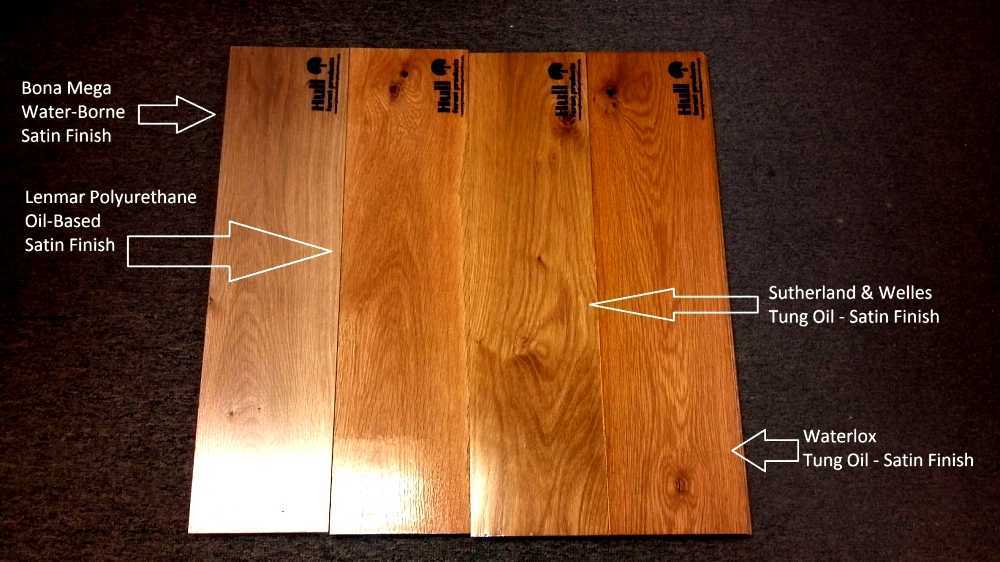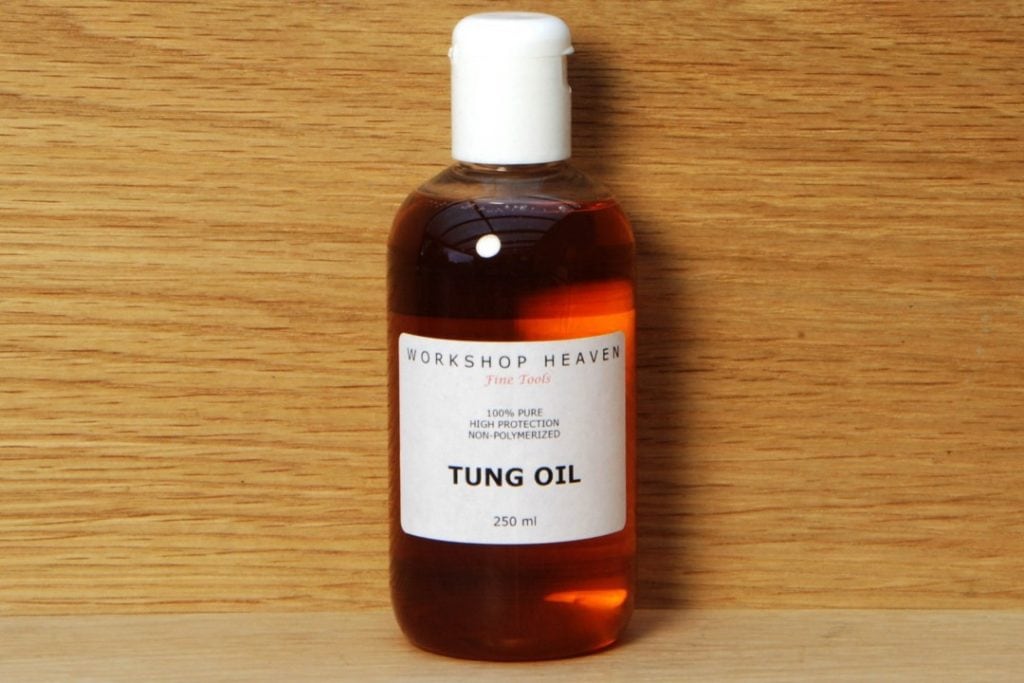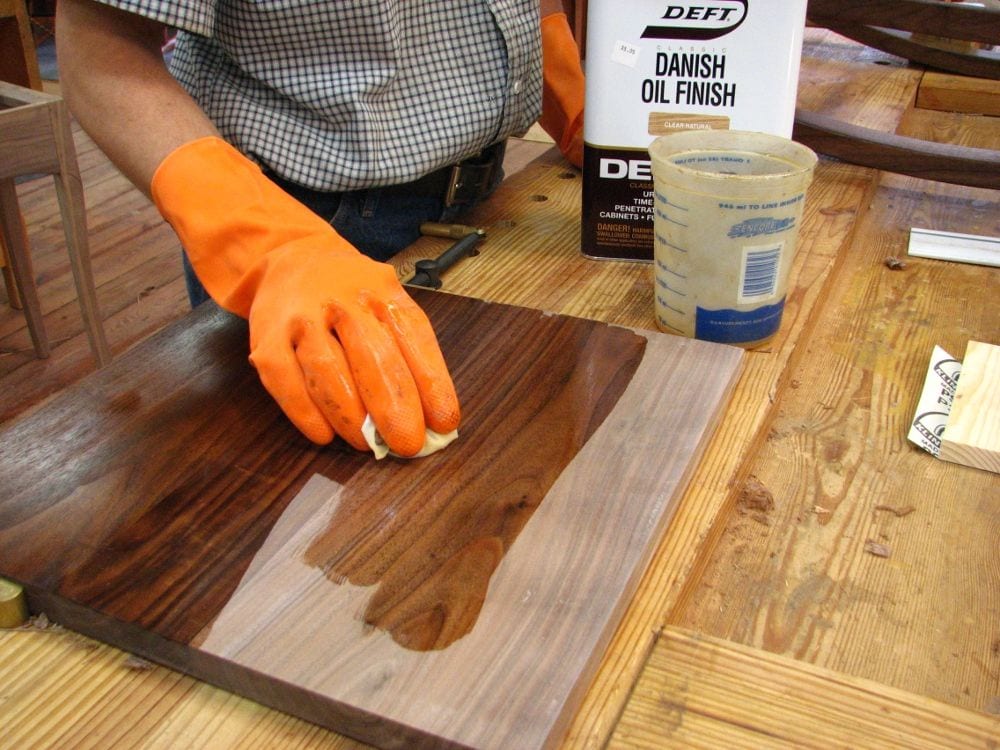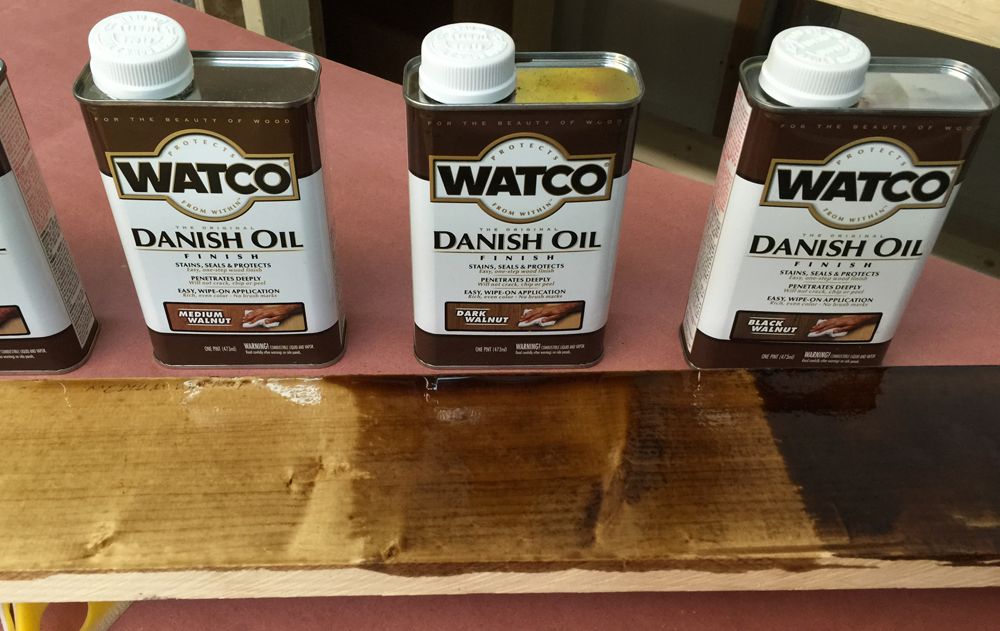Oil finishing on wood furniture and kitchenware are widely used. They are usually eco-friendly, food-safe, and non-toxic. They are also easy to restore and offer a grain pattern that is more layered than certain substitutes. They seem to be deemed a more conventional finish, as oils have been used centuries as wood finishes. Oil finishes, however, normally do not provide the same degree of safety and longevity as you would find in a varnish or lacquer.
Here is a list of five of the best oils for your wood carvings:
Contents
Linseed Oil:
One of the world’s most common wood finishes is linseed oil, also referred to as flaxseed oil. Like many hand-rubbed oil treatments, to defend against cracks and weather patterns, linseed oil penetrates deep into the wood grain. It is simple to care for, environmentally friendly, and provides a satin finish that just tends to bring out the wood’s color and grain below.
Raw linseed oil is the purest type, however due to the long drying period, it is often inefficient as a furniture finish-it may take many weeks for each layer of raw linseed oil to dry. As a wood finish, boiled linseed oil is popular, but it possesses several potentially harmful drying chemicals. The best of the different extremes is polymerized linseed oil: pure and non-toxic with rapid drying times.
Tung Oil:
Tung oil is an oil dependent on plants and is employed as a wood finishing. In order to strengthen and preserve the wood, it is transparent, quick-dry, and enters the grain. It is among the world’s most widespread wood finishes and is extracted from the tung tree seeds of Eastern Asia. Among good furniture carvers in the United States, Tung oil has grown to become a favorite. It is environmentally sound, non-toxic, and safe to feed. It obtained by grinding the seeds of the Eastern Asian native tung tree. This oil has been grown and utilized for at minimum 2,500 years in China as a finishing oil.
Mineral Oil:
To define a pure, odourless liquid, mineral oil is a widely used term. Mineral oil applies most commonly to a petroleum based product. Despite this, mineral oil is commonly believed to be non-toxic and suitable for food and prevents bacterial growth. This means that if you have been busy creating, cutting boards, wooden kitchen utensils, bowls, and all other wood items, it may prove particularly popular for your finishes.
Walnut Oil:
Walnut oil is obtained via the nuts of the juglans regia tree. Because of its food-safe qualities, walnut oil, like mineral oil, is also used on cutting boards and kitchenware. Fresh walnut oil, including certain linseed oil and tung oil, has a very prolonged drying time, but cutting with mineral spirits (boiling) or heating (polymerizing) is not unusual for walnut oil to boost up the processing time for the oil to absorb.
Danish Oil:
Danish oil, although not precisely specified, is an extremely popular finish among carvers. Likewise, to mineral oil, several different compounds may be protected by the Danish oil. The uncertainty of Danish oil is in truth, much more severe. The term “Danish Oil” for any oil-based wood finish is effectively a catch-all term. In addition to many other ingredients-thickeners, thinners, drying agents, binding chemicals, Danish oil may also requires Tung oil or linseed oil.
These five above mentioned oils can be a very good choice for oiling your carvings. They’ll do a great job protecting the wood for a long time and giving you a variety of looks and finishes.

